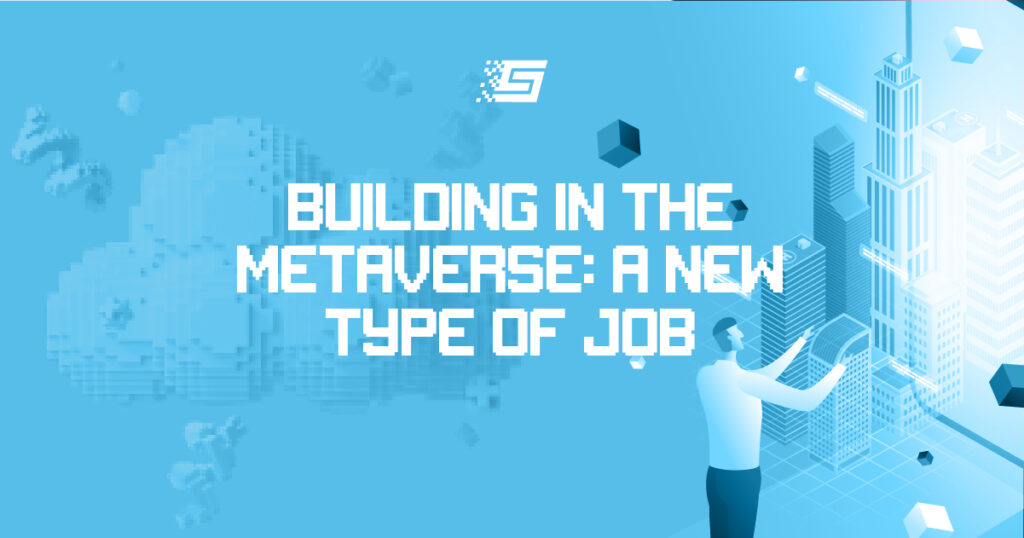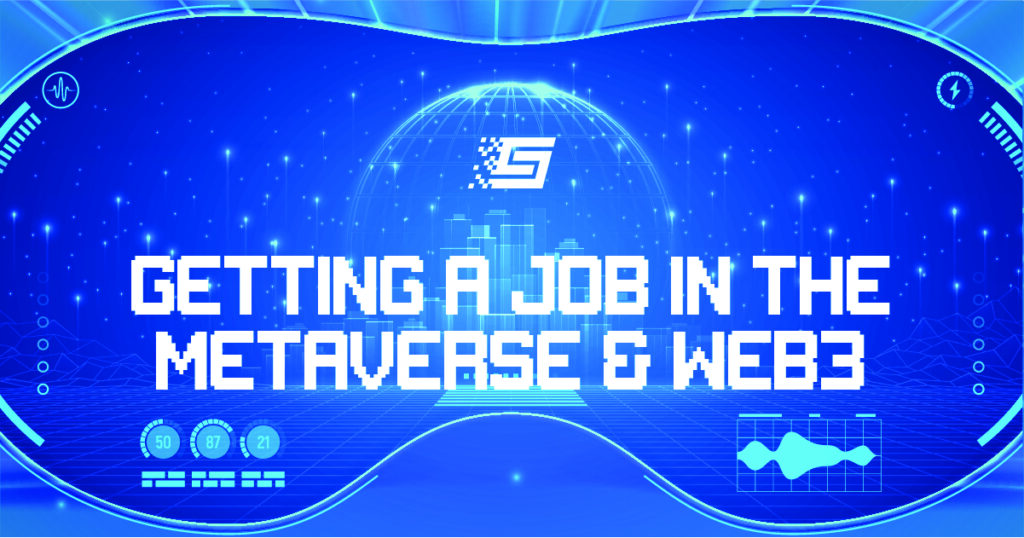Metaverse vs Multiverse
In the 4th quarter of 2021, researchers said that users spend an average of seven hours a day surfing the internet. Quite addictive!
Now, imagine another type of internet, not the one in which you scroll through your device; instead, the one that seems like you are right inside it. This concept precisely describes the type of experience that virtual reality technology offers.
Momentarily, the metaverse and multiverse will change the way we socialize and access information. For example, instead of having a group chat with friends, all of you will socialize together in an immersive virtual space. The digital representation of yourself called avatar would make it seem like you are right there with your friends.
So, what are the metaverse and the multiverse, and how do these two differ? This article will discuss five parameters that can help you understand their concepts.
Definition
The metaverse refers to a collection of digital environments existing within the same ecosystem designed for multiple users to explore. Users might need a virtual reality headset that will act as an interphase between the real and virtual world.
The metaverse is for different activities that you enjoy doing. You can virtually perform real-life activities such as shopping, gaming, tourism, etc. Also, you switch between different platforms due to the interconnection of metaverse platforms.
On the other hand, the multiverse is a collection of different virtual worlds that users can explore one at a time. Let’s put the definition in a simplified manner.
Hypothetically, the Marvel and DC universes are two disconnected environments. The marvel world has heroes like Spiderman, The X-Men, Captain America, etc. These characters are limited to the Marvel ecosystem.
Likewise, the DC universe has heroes like Superman, Batman, The Flash, etc., confined within its space-time continuum.
These two parallel worlds are entirely disconnected from each other. In like manner, the multiverse has multiple spaces that are disconnected from each other.
Numbers of ecosystems
The metaverse is like one ecosystem which allows users to move seamlessly between different platforms. The metaverse gateway can either be centralized or decentralized. While a single entity controls a centralized gateway, community participants govern a decentralized metaverse space.
Notably, decentralized platforms built on the Blockchain are the future of the metaverse. Why? Because these platforms are open-source and allow an uncensored flow of information.
They are also available to the public and allow users to communicate and exchange data. Moreover, NFTs and cryptocurrencies with real value are part of the decentralized metaverse.
In contrast, the multiverse has multiple platforms disassociated from each other. Consequently, each platform is centralized and not interoperable.
Since each multiverse world has its laws and traits, there is no orderly flow of information between them. Also, unlike the metaverse, a multiverse environment cannot intersect with the natural world or other multiverse projects.
Asset ownership
The metaverse industry uses digital assets such as avatars, NFTs, Cryptocurrencies, and so on. Players don’t just own the items but can easily sell or transfer them to others.
An example is the famous virtual world, The sandbox. Here, players can take up the task of creating digital experiences, which are in the form of NFTs.
As a creator, you can store the experiences in a crypto wallet and have exclusive access to them. Further, you may use them on other metaverses or upload the designs on an NFT marketplace and sell them. With these privileges, the metaverse will give users complete control and ownership of their digital assets.
However, organizations that design multiverse projects often control them. Accordingly, the companies own whatever asset, data, or collectible users create or purchase.
In addition, you cannot transfer your assets from one multiverse platform to another. The items you own on one platform are not valuable on another.
Identity
Metaverse users can create an embodiment of themselves called avatars. This entity will allow you to become whatever you want in virtual environments.
Likewise, your avatar will help others identify you. A metaverse avatar that is transferable across different platforms will provide a unique virtual identity for its owner.
Meanwhile, in the multiverse, users have different identities. Since most multiverse projects are gaming platforms, a player’s character in one game will differ from his character in another.
For example, players take up multiple roles when playing Final Fantasy Franchise, including Terra, Cloud strife, Rinoa Heartily, etc. Remember, these characters are restricted to the Final Fantasy Franchise, and players cannot transfer their identity to other role-playing games.
Entities
Different entities perform different functions geared towards giving metaverse users an exciting experience. Each entity has unique abilities and plays a specific role within the ecosystem. Humans, robotic devices, artificial intelligence, and many more are some entities that make up the metaverse.
However, the multiverse has different virtual worlds that make up its ecosystem. Each world has unique properties that differentiate it from another. As a result, it isn’t easy to ascertain which component is responsible for creating each multiverse platform.
In a nutshell, each multiverse platform is responsible for determining the entities and technologies to incorporate in its design.
Currently, platforms developing within the metaverse industry include The Sandbox, Decentraland, Cryptovoxel, Bloktopia, Illuvium, Star Atlas, etc.
Likewise, some multiverse platforms are Fortnite, Minecraft, Roblox, Pokemon Go, etc.
Conclusion
The criteria above can help you understand the metaverse and the multiverse and how they differ. Although multiverse platforms might offer engagements such as virtual hangouts, gaming, and workspaces, they are unable to unify these experiences.
Meanwhile, the metaverse is still developing, and experts currently refer to it as the future internet that will become a way of life for billions of people. The metaverse will unify our virtual activities as if we were doing them in reality.


